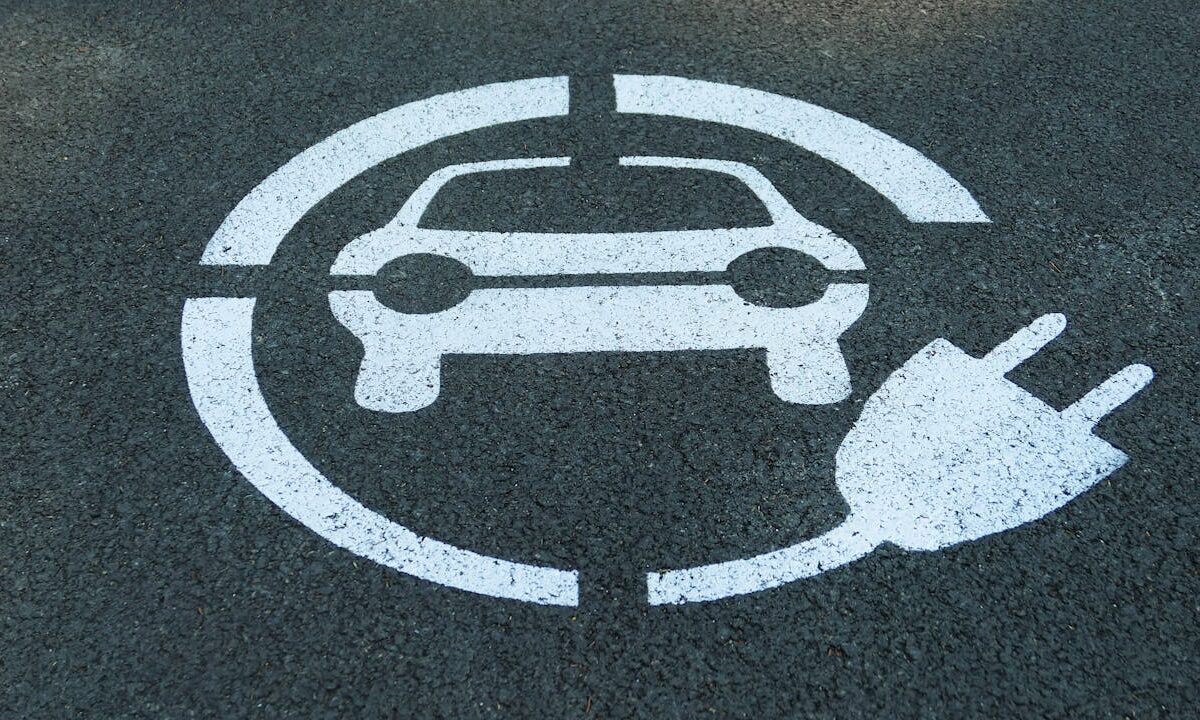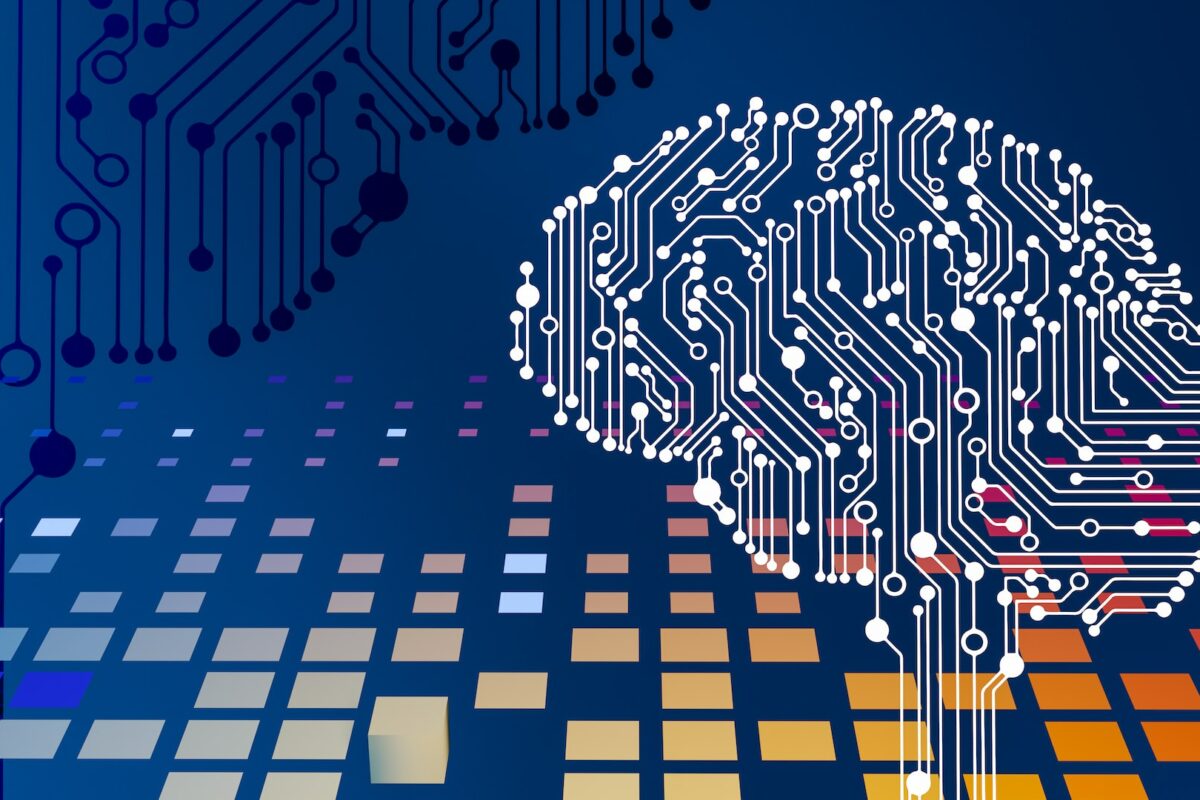Many obstacles can slow the spread of new products and services, we’ve identified ten of the most common and categorized them as obstacles to adoption and obstacles to use. Will they or do they impact your new offering?
Obstacles to adoption are barriers that prevent customers from buying your products in the first place. Even customers who might benefit from your product—or otherwise be inclined to buy it—may choose a competitor’s product or non-consumption in the face of these obstacles. Therefore, it is important to find ways to reduce or eliminate them. The following obstacles are some of the most frequent barriers to product purchases:
1. Lack Of Knowledge. One of the most fundamental reasons that customers don’t buy your product is that they don’t know they need it. It’s not that the innovator is making up a job to be done that didn’t actually exist—a tough road to take, for sure—but rather that customers had just gotten used to the old way of doing things. Look at medical records at a physician’s office, which are typically a mess of free-form text, checked boxes, and scans of faxes from diagnostic labs and other doctors. It’s very tough to find useful information quickly, and sometimes critical data gets overlooked. Yet vendors of “golden record” solutions that create a single integrated file have found the market slow to materialize because physicians don’t realize the cost—in terms of both money and sub-optimal medical outcomes—of the current make-do approach. Only by quantifying the situation and evangelizing about the dangers of the typical practice have they made people realize that these jobs can get done in a far better way.
2. Behavior Change Requirement. To no one’s surprise getting people to change their behavior can be quite difficult. Ozon, often referred to as the Amazon of Russia, is the largest e-commerce company in Russia. It started with book sales, moved into movies and music, ventured into consumer electronics, then ultimately became a full-range retailer of virtually every consumer good imaginable. Despite its relative size in Russia, growth has been challenging in Russia’s cash-based economy. In particular, Ozon has had trouble selling its proprietary e-reader (the Ozon Galaxy), e-books, and digital music. With digital content requiring a credit card for purchase and Russian consumers being generally unwilling or unable to move away from cash, these categories have seen lackluster sales.
3. Multiple Decision Makers. Even great ideas can be hindered by the need to bring many disconnected decision makers on board, some of whom may have misaligned incentives. Systems that enable teams of doctors to consult online about shared cases seem to make a ton of sense, but they have grown quite slowly. IT, hospital departments, and individual physicians all need to come on board, or else the system will be stymied. Some of these entities may embrace change, whereas others see mainly risk. Even if the benefits of the solution are clear to all, simply getting people to agree on a proposition and action plan can take far longer than implementing the actual system.
4. High Costs. Costs can be high in a number of ways. The actual cost of a new product can be prohibitively expensive. At around $40,000 (or roughly 80 percent of the median U.S. household income), a Nesmuk diamond-studded knife is simply too expensive for most consumers. A product can also be too costly compared to rival goods. Harrods, the UK department store, launched its £29.95 Pot Noodle in 2008. Although the launch was part of a stunt to celebrate design innovation (while also sending proceeds to charity), one can’t help but wonder whether that price is a bit high for a cup of instant noodles. Finally, the cost of switching to a new solution can be unpalatable. Along this third vein, cell phone carriers decided years ago that they would make it hard to switch carriers by imposing an early termination fee. More recently, as carriers have battled for market share, they have begun buying out termination fees from other carriers and eliminating the idea of a standard two-year contract altogether, thus helping to reduce the costs of switching carriers.
5. High Risk. Customers will be reluctant to adopt a new solution if it involves a lot of risk or a high potential cost of failure. Even with the recent rise in lawsuits by patent trolls, the uptake of patent litigation insurance has been slow. In part, attorneys believe that this is because buying such insurance might actually invite patent suits with liabilities that quickly exceed coverage limits. Even though the insurance could prevent crippling lawsuit damages, the risk of attracting patent troll attention has been too great to allow for fast adoption.
6. Unfamiliar Category. Sometimes, products are so innovative that they define a new category that the customer doesn’t really understand or have a budget for. Consider the Internet of Things (IoT)—a network of potentially millions of connected devices and sensors in a workplace that can keep tabs on just about everything happening in a facility. For all of the hype surrounding the idea, uptake by major corporations has been slow. There typically isn’t anyone with IoT in the job title or with an IoT line item in the annual budget. IoT vendor en-Gauge has addressed this challenge in a clever way, focusing tightly on monitoring the readiness of fire extinguishers. Fire safety usually is someone’s responsibility, and few people dissent from spending modestly to improve a company’s readiness in this area. Once en-Gauge introduces its IoT solution through this route, it plans to be in prime position to sell much more expansive offerings later.
Obstacles To Use
A second set of obstacles to consider are obstacles to use. These are the reasons that customers stop using your product or service after initial adoption. Obstacles to use can take a few different shapes. You may see an early wave of enthusiasm with a rapid falloff of purchases. Or, more straightforwardly, people simply stop repurchasing your product, buying add-on features, or upgrading to later editions. Obstacles to use present a major hurdle to creating a sustainable business model. The following categories represent some of the most common reasons a customer will not use a product:
7. Limited Supporting Infrastructure. Sometimes a product can be great on its own, but lacks value without a system to support it. Imagine downloading a peer-to-peer app but having no peers! Similarly, electric vehicles offer a number of benefits for both drivers and the environment. Yet even ecofriendly consumers who are willing to buy electric cars are often dissuaded by the lack of available charging stations. Those who drive long distances arguably have the most to save (assuming the price of gas stays high relative to the price of electricity in your area), but they are the ones for whom the solution is least viable. Without the infrastructure that allows you to get the full potential out of your purchase, use becomes prohibitively difficult.
8. Use Creates Pain Points. Customers will not continue to use a product that is overly complex or difficult to use. Yet companies often insist on overloading their new products with features rather than focusing on satisfying important jobs well. According to an NPD Group survey of over 1,500 consumers, 13 percent of consumers had returned an electronic device due to frustration when trying to get it to work. Windows Vista, launched by Microsoft in 2007, was surrounded by high expectations from both consumers and the company. As incessant compatibility and performance problems plagued the product, even some of Microsoft’s most loyal customers defected for Apple.
9. It’s Cool, Not Better. Many times, a new product sounds really exciting, but it ultimately doesn’t do a better job than the existing solution. Generally, customers rush to try these products but stop using these solutions when they realize that they don’t excel along the dimensions that they find most important. The technology that allows you to purchase items using a cell phone has been around for a relatively long time. Although a number of people tried it once or twice, they ultimately found that it didn’t perform any better than a standard swipe of the credit card. In fact, it often took longer. As Google and Apple reignite the race to get mobile payments off the ground, this second wave is focusing on jobs that are now top of mind for customers, such as data security.
10. Offering Isn’t Targeted. Similarly, new offerings need to be targeted to specific jobs and customer types. The Segway was another fun device that was launched without much purpose or direction. Once the company stopped trying to sell the Segway to the general public—who couldn’t afford it and didn’t know what to do with it—it found success among customer types with undersatisfied jobs, including police forces, urban tour guides, and warehouses.
Getting customers to even consider your product in the first place can often be quite the challenge, but finding ways to overcome obstacles to long-term use can be just as important a task. Without opportunities to resell to past purchasers, you may find that your business model is simply unsustainable.
More of this approach is featured in my new book JOBS TO BE DONE: A Roadmap for Customer-Centered Innovation.
The Blake Project Can Help You Create A Brighter Competitive Future In The Jobs To Be Done Workshop
Branding Strategy Insider is a service of The Blake Project: A strategic brand consultancy specializing in Brand Research, Brand Strategy, Brand Growth and Brand Education




